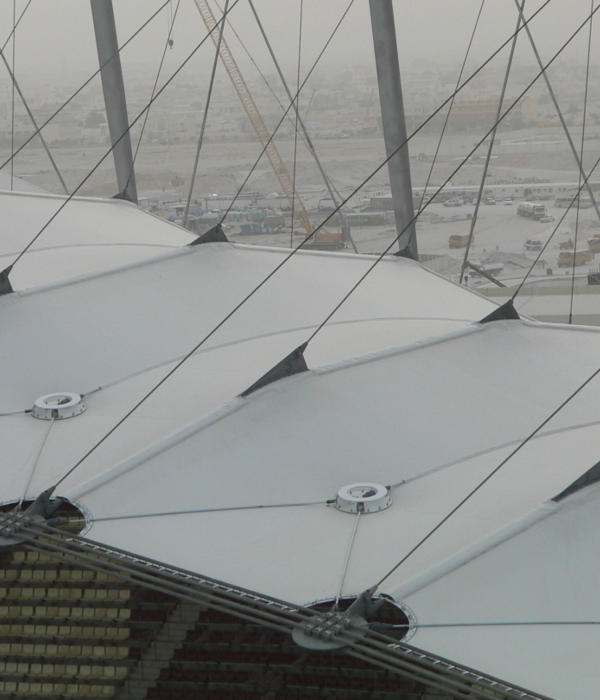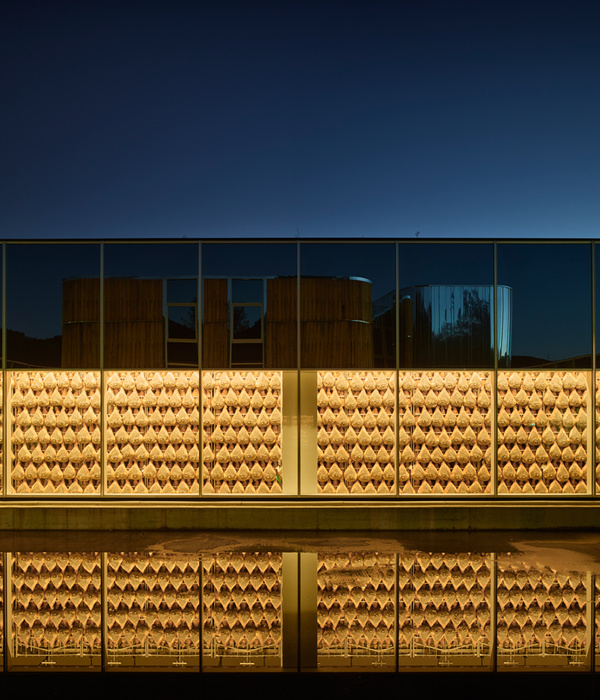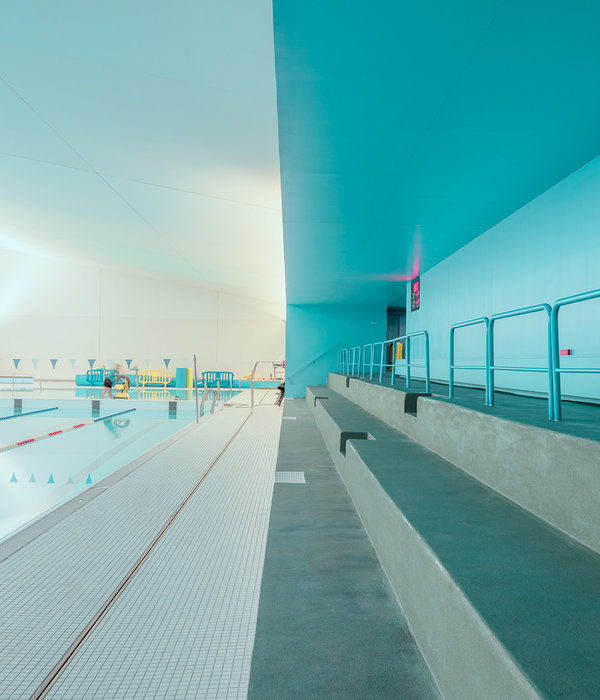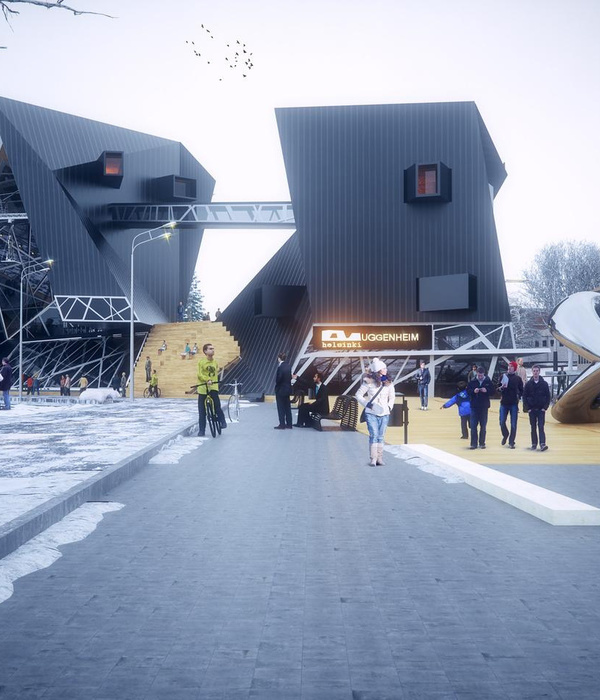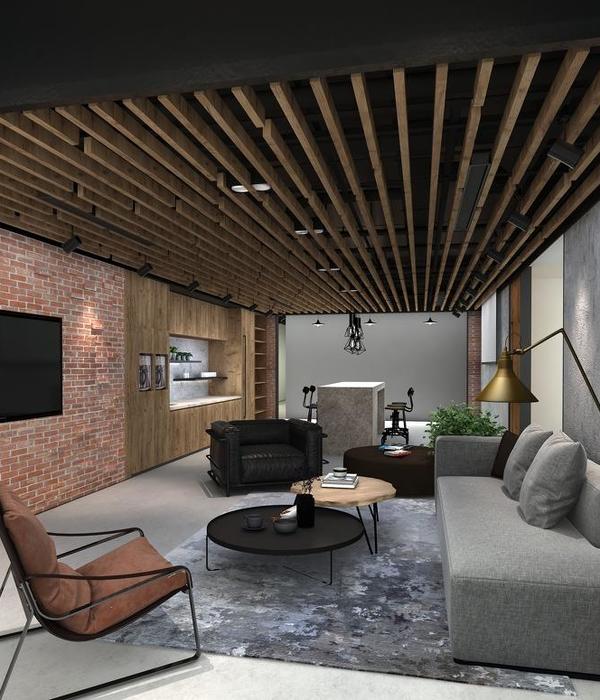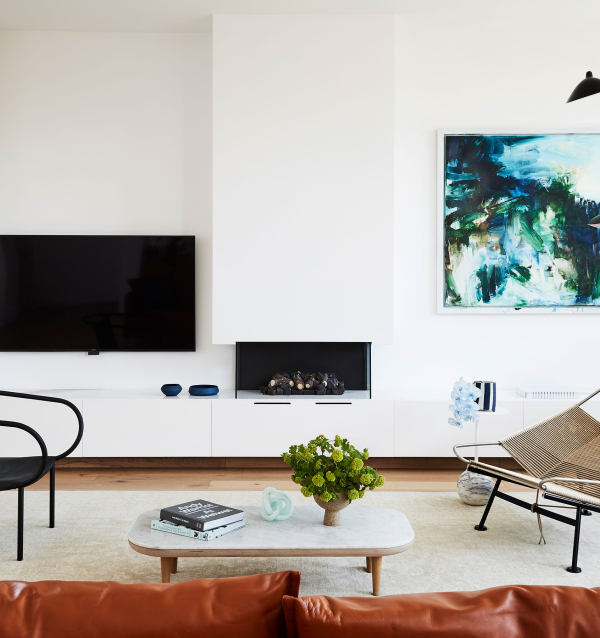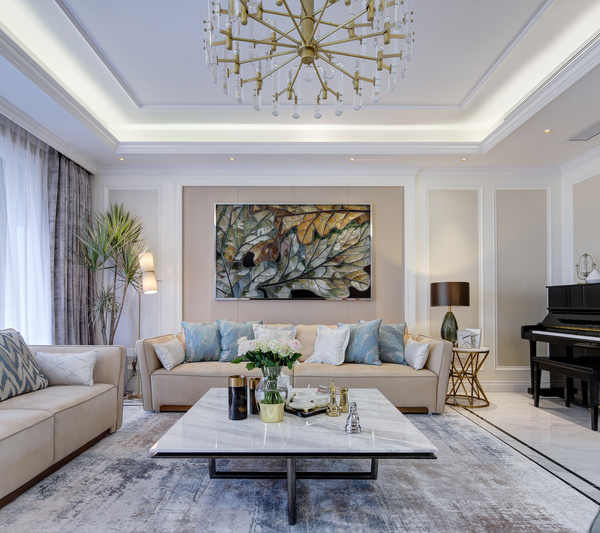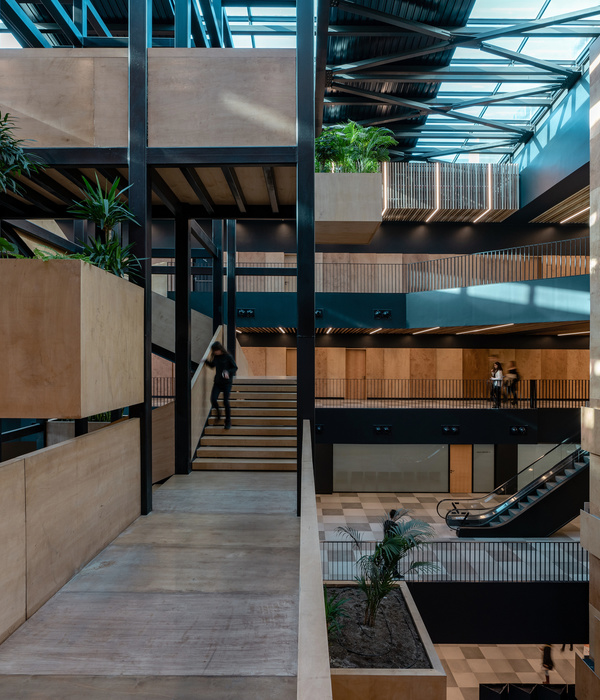Prominently located in Innsbruck’s cultural center, this project was conceived for open cultural exchange across all ages and genres. The unifying element is music. The building’s simple volume belies the extreme programmatic complexity as it houses multiple musical institutions, concert halls, administration, dining, and adjoining rooms, a national music library, and outdoor terraces with views of Innsbruck and the Alps.
Strengthening Innsbruck’s long musical heritage, this state-of-the-art building links past and future as it integrates daily life with popular and high culture. The architecture respects the historical neighboring buildings and at the same time creates a contemporary, communicative, democratic building that enriches the city of Innsbruck as a new cultural center. Its transparent base and the generous open design of the stage area blur the borders between interior and exterior.
The large concert hall, with its sweeping glass façade, becomes an open-air stage and the building’s entry plaza becomes a welcoming auditorium. The multifunctional building - also a place of work and research - houses a Chamber Theatre, two concert halls, the Conservatoire of Music, the Institute of Musicology, and the Mozarteum, as well as general-purpose spaces. Additionally, there are designated spaces for the Tyrolean Symphony Orchestra, three regional music clubs, the Early Music Festival Weeks, and gastronomy.
This functional program is coherently organized: public halls for concerts and theater performances, plus respective foyers are situated on the lower floors, while the library, administration, conference, and rehearsal spaces are located on the upper floors. The two public roof terraces offer a unique view of the city. Transparency is taken to another level with the building’s glazed ceramic cladding, which shimmers with iridescent blacks and browns. Despite its homogeneous character, the changing lighting situations in the course of the day create lively effects.
The ceramic lamellas are open and can be rotated by a maximum of 45 degrees, to provide shading and sun protection for the office areas. The glass surfaces of the three-story transparent foyer and the Great Hall reflect the surrounding historical buildings and the protected trees with the Leopold Fountain on the forecourt.
The excellent acoustic setting was developed together with Müller-BBM based on a massive box-in-box design for the concert halls. The ceiling, as well as the limestone facing, were clad with specially structured wooden elements to ensure an optimum listening experience. The Great Hall achieves an excellent reverberation time of approx. Tsetpoint = 1.8 s in the medium frequency range for a seating capacity of 500 persons at soloist concerts. In the rehearsal rooms, the partition walls run at an angle to avoid flutter echoes.
Inside the building, the stimulating play between transparent and closed, light and dark continues velvety black walls in the Kammerspiele and light, warm wooden paneling in the concert halls. Flexible seating and a stage that is adjustable in height, make the hall suitable not only for concerts but for all kinds of events, creating a lively salon at the heart of the city.
{{item.text_origin}}


